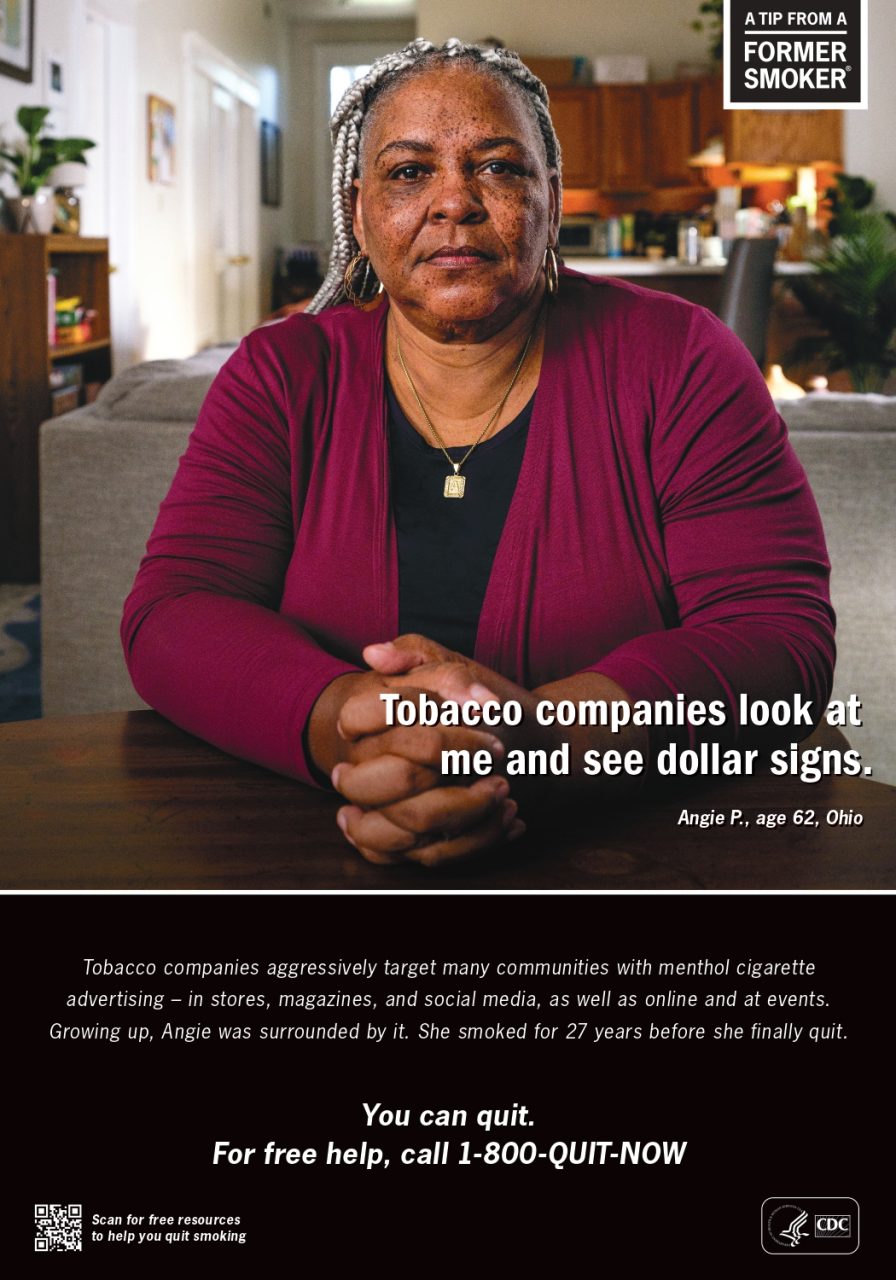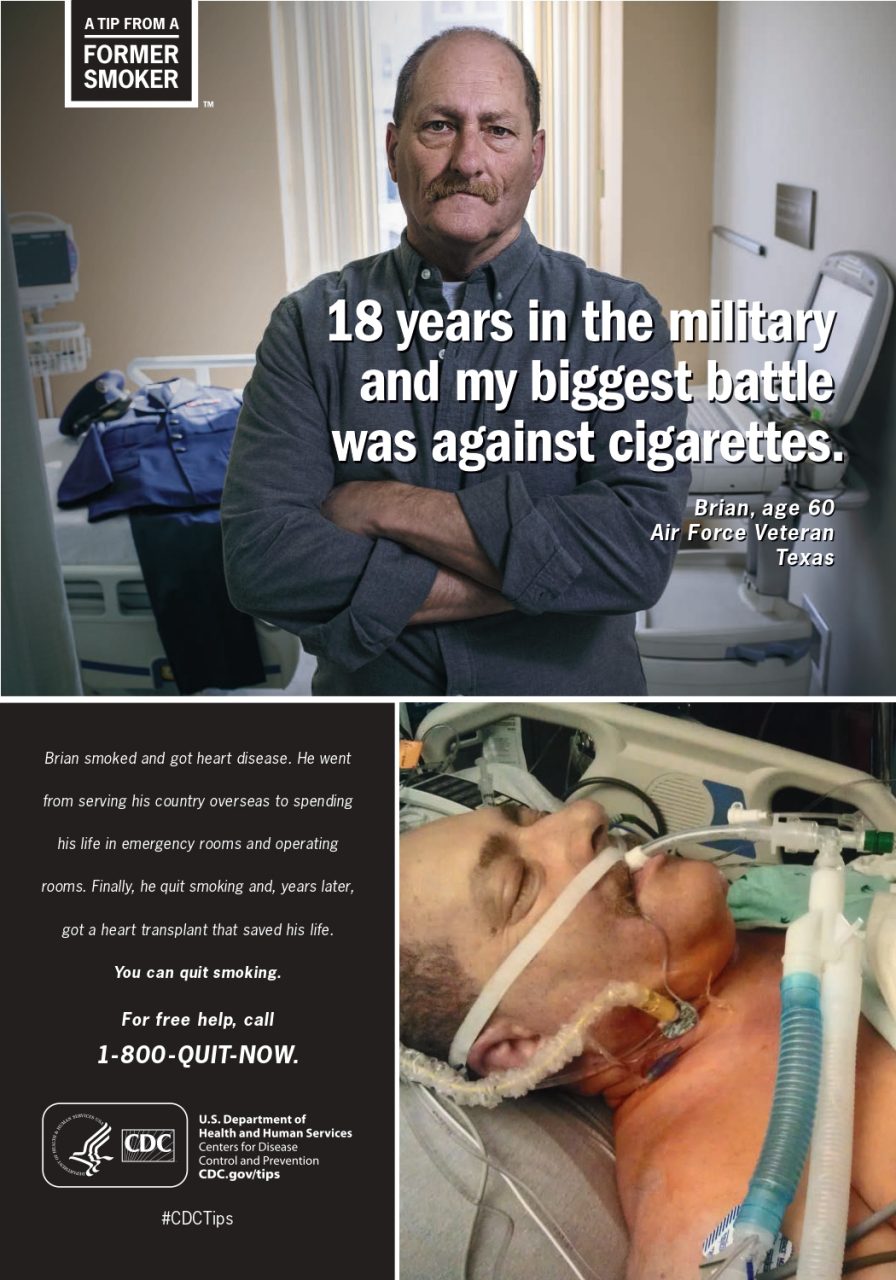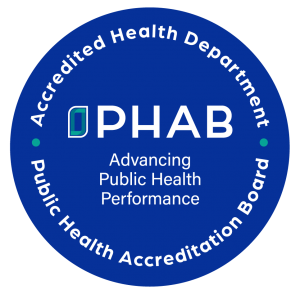Take Down Tobacco National Day of Action is 04.01.2024
From March 25th to April 1st, the Harrison County Health Department will launch a Facebook social media campaign targeting tobacco prevention and control. The media campaign will encompass smoking education and tobacco as a risk factor to chronic diseases.
Tobacco kills more than 480,000 people annually, more than AIDS, alcohol, car accidents, illegal drugs, murders, and suicides combined1. Tobacco use is a risk factor for developing a wide range of chronic diseases such as cancer, heart disease, and respiratory conditions that can significantly impact an individual’s quality of life. Individuals can lead healthier lives and improve their overall well-being by preventing tobacco use and reducing the incidence of associated chronic diseases. Addressing tobacco use and chronic disease prevention is essential for promoting long-term sustainability in healthcare systems and ensuring a healthier population for future generations.
The Toll of Tobacco in Ohio
Approximately 3.3% of high-school students and 17.1% of adults smoke in the state of Ohio1. Decreasing tobacco use in youth and adult populations contributes to the overall promotion of public health and well-being. While Ohio has made advances in reducing tobacco use and exposure, commercial tobacco prevention and control is still a high priority as the state ranks 9th highest in the nation for adult smoking2. The Strategic Plan for A Tobacco Free Ohio estimates the prevalence of current smokers in Ohio at 20.8% compared to 16.0% nationwide. Furthermore, the estimated prevalence of current smokeless tobacco use in Ohio is twice that of the nation at 4.8% and 2.4% respectively.
The issue of tobacco use goes beyond smoking. The rapid rise and popularity of e-cigarettes have created new challenges. Adult use of e-cigarettes or vaping devices in Ohio is 5.4% higher than the national average of 3.2%. Over 20,000 Ohio adults die each year from smoking-related illnesses. Use of and exposure to commercial tobacco acts as a risk factor to four of the top five causes of death in Ohio (heart disease, cancer, chronic lower respiratory diseases, and stroke). By targeting tobacco use in both youth and adults, we can prevent the start of smoking in young people and break the cycle of tobacco addiction from being passed down to future generations.
Youth Tobacco Information
Published research studies have found that kids are twice as sensitive to tobacco advertising as adults and are more likely to be influenced to smoke by cigarette marketing than by peer pressure. Don’t fall for the flavor trap. According to the 2023 National Youth Tobacco Survey, over 2.1 million U.S. kids used e-cigarettes in 20233. While youth e-cigarette use has declined since 2019, it remains a severe public health problem. The latest data shows flavored products are driving youth use, with nearly 90% of youth e-cigarette users using flavored products1.

Many kids are using e-cigarettes daily and not just experimenting with the products. In 2023, nearly 40% of high school e-cigarette users vaped at least 20 days a month, and almost 30% reported vaping every day. In Ohio alone, 24,800 kids under 18 try cigarettes for the first time each year. In this video, Dr. Deepa Camenga describes how e-cigarettes are addicting kids.
Eliminating exposure to secondhand smoke is critical due to the potential to cause numerous health problems in infants and children, including more frequent and severe asthma attacks, respiratory infections, ear infections, and sudden infant death syndrome. The Strategic Plan for A Tobacco Free Ohio explains there is no risk-free level of secondhand smoke exposure; even brief exposure can be harmful to health. Most people, particularly children, are exposed to secondhand smoke in homes and vehicles. In 2019, almost 7 million U.S. middle and high school students reported breathing secondhand smoke in their homes, and just over 6 million reported breathing secondhand smoke in their vehicles. Health communication and evidence-based intervention can be implemented to change knowledge, beliefs, and behaviors regarding secondhand smoke. Providing resources for tobacco users and setting boundaries around where not to smoke are other ways to protect children and adults from secondhand smoke exposure.
Adult Tobacco Information
Evidence-based, statewide tobacco control programs have been shown to reduce smoking rates, tobacco-related deaths, and diseases caused by smoking by monitoring tobacco use and ensuring that program-related effects can be measured4. The 2024 Tips From Former Smokers campaign is sharing new, real-life stories from people living with smoking-related disease and their loved ones. For over ten years, CDC Tips has helped more than 1 million people to quit smoking.

Meet Angie P. from Ohio. Did you know that nationwide marketing for the tobacco industry is 8.6 billion dollars? The estimated portion spent on Ohio marketing each year is 409.6 million dollars1. Stay positive and believe in your ability to quit smoking. Every step you take towards becoming smoke-free is a step towards a healthier you. Don’t let yourself be a dollar sign – you can overcome this challenge.

Meet Brian from Texas. For many people, quitting smoking can feel like an uphill battle, but remember, you are not alone in this fight! Every small step you take towards a smoke-free life is a victory worth celebrating. Remember, winning the battle against smoking is a journey, and it’s okay to ask for help along the way. Together, we can make a difference by supporting each other in quitting smoking and promoting healthier choices. Please spread the word, lend a helping hand, and help those around you in their efforts to quit smoking. Inspiring positive change can lead to a healthier, smoke-free environment for all.
Sources
- Campaign for Tobacco-Free Kids. (2019, March 11). Campaign for Tobacco-Free Kids. Campaign for Tobacco-Free Kids. Retrieved March 19, 2024, from https://www.tobaccofreekids.org/problem/toll-us
- Ohio Department of Health. (2019). Ohio Behavioral Risk Factor Surveillance System. Retrieved March 19, 2024, from https://odh.ohio.gov/wps/wcm/connect/gov/10809efb-2a69-4c86-959b-329245bc08b8/TFOAReport+Final.pdf?MOD=AJPERES&CONVERT_TO=url&CACHEID=ROOTWORKSPACE.Z18_M1HGGIK0N0JO00QO9DDDDM3000-10809efb-2a69-4c86-959b-329245bc08b8-oqpvsMH
- (2023). Results from the Annual National Youth Tobacco Survey. FDA. Retrieved March 19, 2024, from https://www.fda.gov/tobacco-products/youth-and-tobacco/results-annual-national-youth-tobacco-survey
- Ryan, H., Trosclair, A., & Gfroerer, J. (2012). Adult Current Smoking: Differences in Definitions and Prevalence Estimates—NHIS and NSDUH, 2008. Journal of Environmental and Public Health, 2012, 1–11. https://doi.org/10.1155/2012/918368

